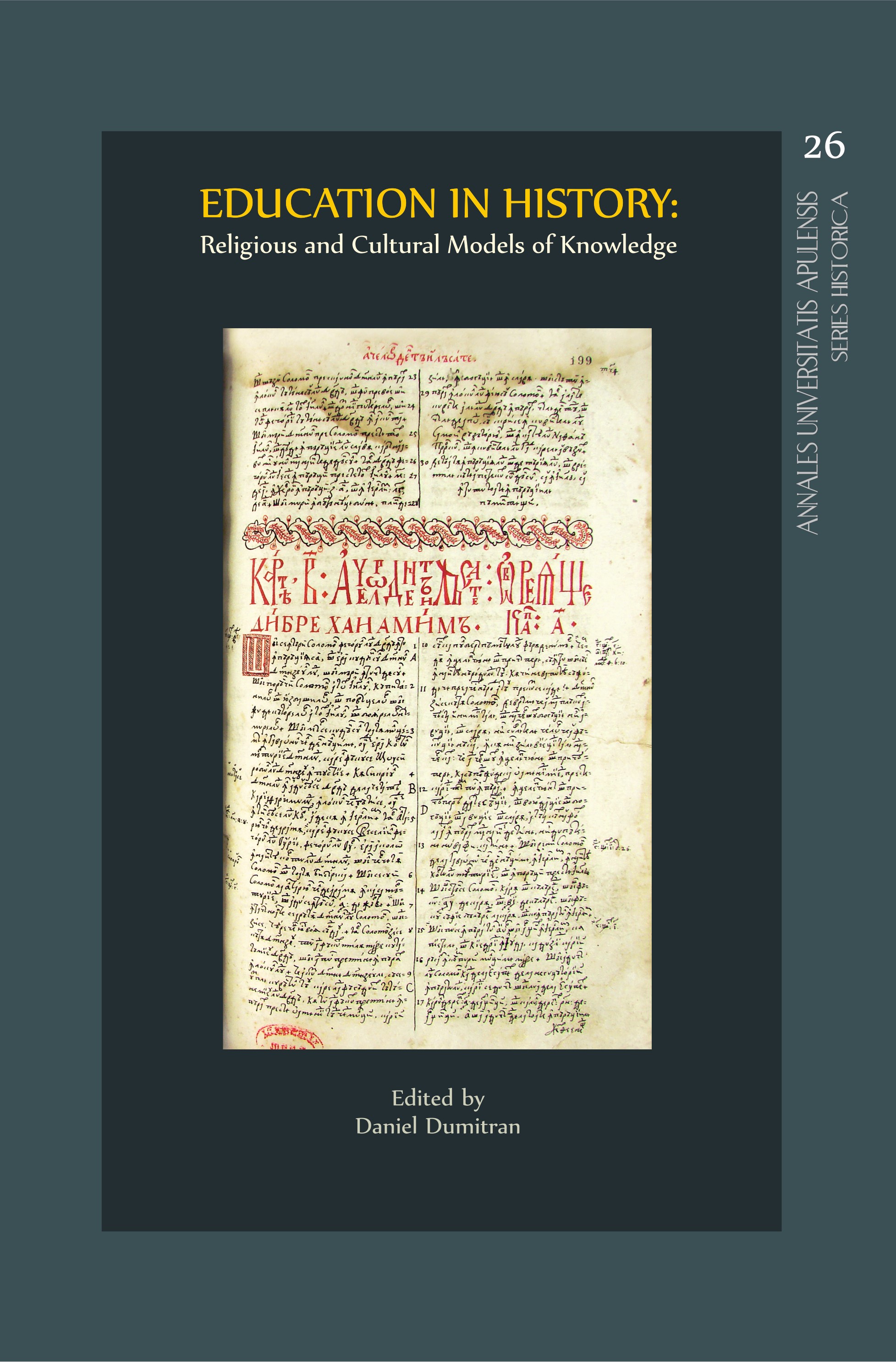Evolution of the Network of Religious Schools in Ung County in the Eighteenth and Nineteenth Centuries
Evolution of the Network of Religious Schools in Ung County in the Eighteenth and Nineteenth Centuries
Author(s): Vavrinec ŽeňuchSubject(s): History, Cultural history, Modern Age
Published by: Editura Mega Print SRL
Keywords: Ung County; school; church schools; teachers; 18th and 19th centuries;
Summary/Abstract: This study presents the situation in the parish schools of Ung County, Kingdom of Hungary, in the years 1721-1734, 1746-1747, 1774-1784, 1864 and 1916. After Francis II Rákóczi’s uprising (1703-1711) and the plague epidemic (1709-1710), Ung County was inhabited by new citizens. The parish network was disrupted for all confessions and, in the case of Roman Catholics, built anew. The Reformed Church partially kept the original network of parishes and schools that had been disrupted by re-Catholization. The Uniates and the Catholics did not have a functioning education system; this was built from scratch in the eighteenth century. The Latin Church created religious schools only gradually; up until the mid-eighteenth century, schools could only be found in the centre of the county. Many schools existed for only a limited time and were subsequently discontinued. By the end of the eighteenth century, however, it was possible to find a school in almost every parish. In the nineteenth century many of the larger parishes and, as a result, primary education was made available to a greater number of children. Schools operated by the Uniates, and later by the Greek Catholics, evolved differently. Based on decrees from that period, it appears there were many schools before the Rákóczi uprising; by the time it had finished, in 1711, the school network had been disrupted. Some schools were partially renewed but many ceased to exist. The biggest problem of the Uniate school system was funding, since the Catholic Church demanded that land owners take on patronage rights and create foundations to pay for a teacher and the parish school. At the end of the eighteenth century, the number of schools was still low but slowly growing. The fastest growth was noted in the nineteenth century; by the second half of the century there were more Greek Catholic schools than any other confession. Reformed Church schools were the only ones that maintained their continuity with the period before 1711. Various decrees passed in Hungary caused development to stagnate, although this changed again following the Patent of Toleration. One key issue when considering schools is the teachers. In this paper, we focus particularly on teachers and their language identity, exploring how this changed throughout the study period. We also briefly examine the subjects taught by teachers and the construction of dedicated school buildings at the end of the period in question.
Journal: Annales Universitatis Apulensis Series Historica
- Issue Year: 26/2022
- Issue No: 1
- Page Range: 93-122
- Page Count: 30
- Language: English
- Content File-PDF

